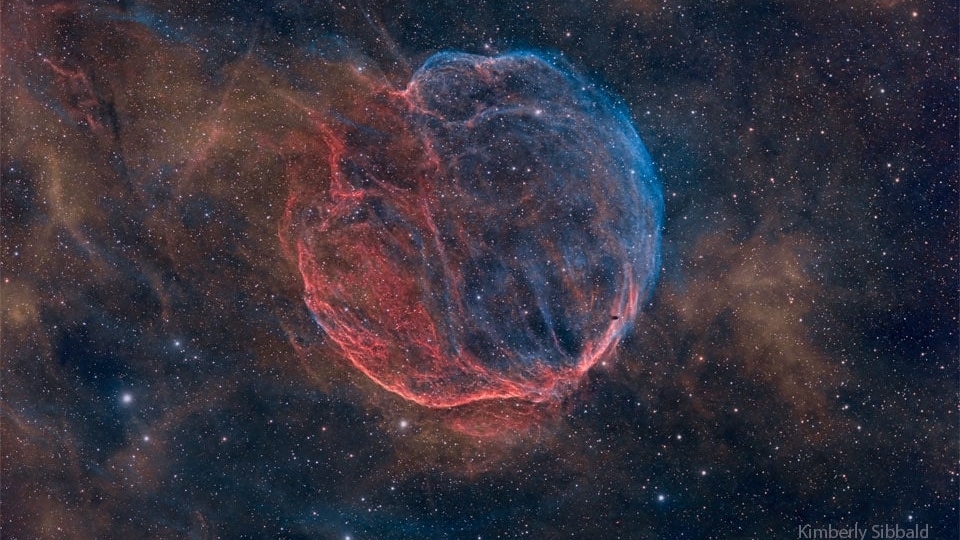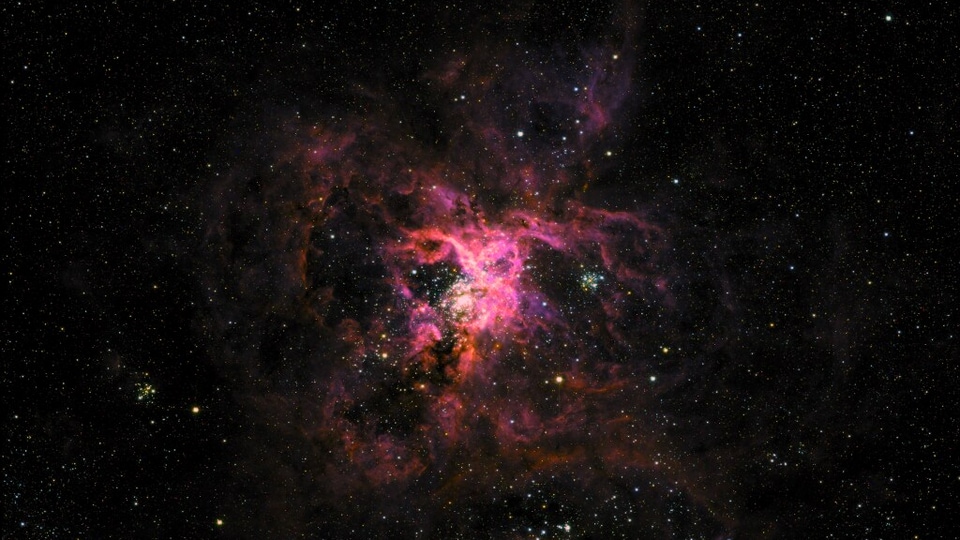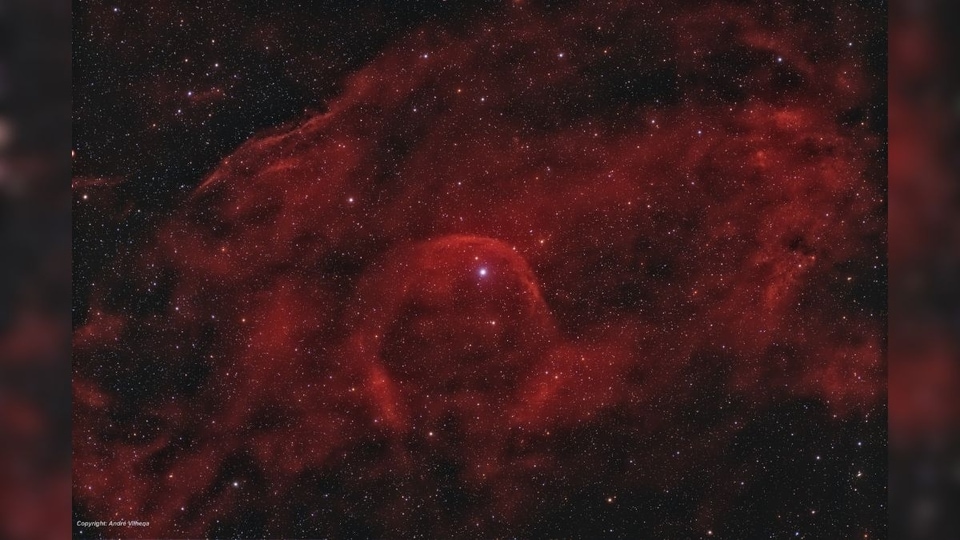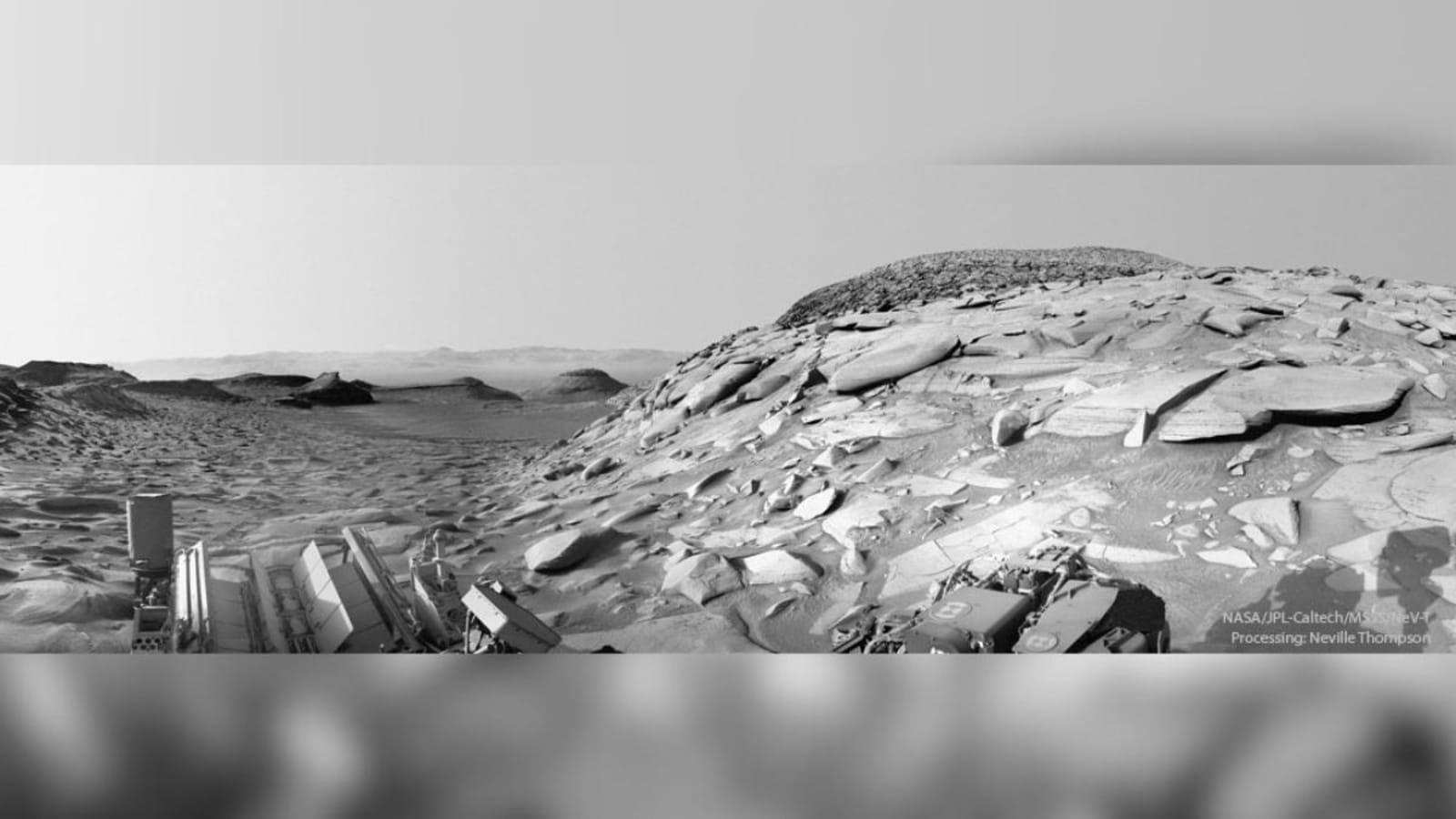NASA Astronomy Picture of the Day 2 May 2023: Flat Martian rocks shot by Curiosity Rover
Today’s NASA Astronomy Picture of the Day is a snapshot of Flat rock hills on the surface of Mars, captured by the Curiosity Rover.






 View all Images
View all ImagesMars, popularly known as the Red Planet, has captured the attention of astronomers, scientists and sci-fi geeks for decades. This is mainly due to its fascinating geographical features such as mysterious craters, lowlands and a core full of precious and rare metals. Moreover, several structures have been found on the red planet which resemble objects on Earth. These include a duck shaped rock and even the famous Paddington Bear!
Today's NASA Astronomy Picture of the Day is a snapshot of Flat rock hills on the surface of Mars. When compared to the steep rocks of Earth, Martian rocks are considerably flat everywhere. This is because the Martian geography has been shaped by impact processes, erosion in particular. The Martian wind, which is 95% Carbon Dioxide, acts as sandpaper and rubs against the rocks, which flattens them.
The picture of the Martian surface was captured last month by NASA's Curiosity Rover and processed by Neville Thompson. The Curiosity Rover has been on a Mars exploratory mission for the last decade.
Since its launch in 2011, the Martian rover has not only captured breathtaking snapshots of the barren planet but has also discovered the potential signs that life may have existed on the planet.
NASA's description of the picture
Why are there so many flat rocks on Mars? Some views of plains and hills on Mars show many rocks that are unusually flat when compared to rocks on Earth. One reason for this is a process that is common to both Mars and Earth: erosion. The carbon-dioxide wind on Mars can act like sandpaper when it blows around gritty Martian sand. This sand can create differential erosion, smoothing over some rocks, while wearing down the tops of other long-exposed stones.
The featured image capturing several hills covered with flat-topped rocks was taken last month by NASA's Curiosity Rover on Mars. This robotic rover has now been rolling across Mars for ten years and has helped uncover many details of the wet and windy past of Earth's planetary neighbor. After taking this and other images, Curiosity carefully navigated stones and slippery sand to climb up Marker Band Valley.
Catch all the Latest Tech News, Mobile News, Laptop News, Gaming news, Wearables News , How To News, also keep up with us on Whatsapp channel,Twitter, Facebook, Google News, and Instagram. For our latest videos, subscribe to our YouTube channel.




























